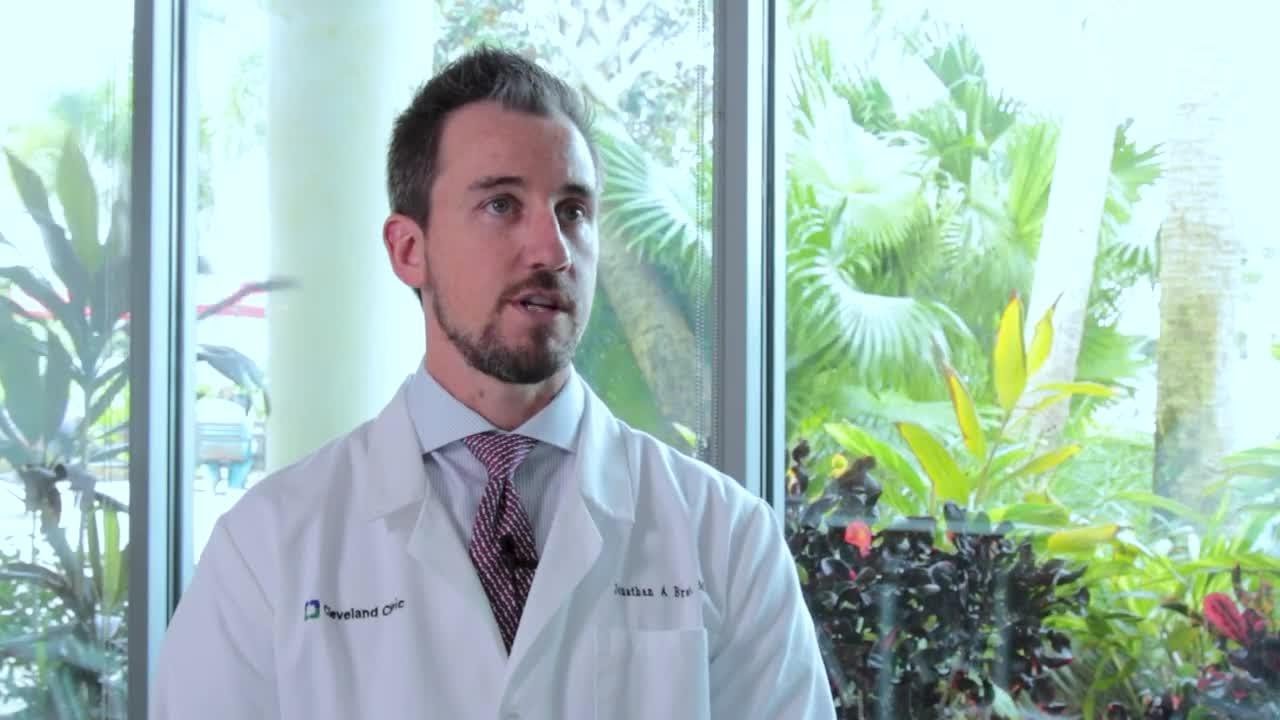
De Barsy Syndrome is a rare genetic disorder that affects multiple parts of the body. Characterized by distinctive facial features, skin abnormalities, and joint issues, this condition can be challenging for those who have it. Caused by mutations in specific genes, De Barsy Syndrome often presents itself in early childhood. Symptoms may include loose skin, growth delays, and eye problems. Understanding this syndrome can help families and caregivers provide better support. In this post, we'll explore 20 facts about De Barsy Syndrome to give you a clearer picture of what it entails. From its genetic roots to its physical manifestations, you'll gain valuable insights into this complex condition.
What is De Barsy Syndrome?
De Barsy Syndrome is a rare genetic disorder that affects multiple parts of the body. It is characterized by distinctive facial features, skin abnormalities, and joint problems. Understanding this condition can help raise awareness and support those affected.
- De Barsy Syndrome is also known as cutis laxa with progeroid features.
- The syndrome was first described by a Belgian pediatrician named Dr. De Barsy in 1968.
- It is an autosomal recessive disorder, meaning both parents must carry the gene for a child to be affected.
- The condition is extremely rare, with fewer than 50 cases reported worldwide.
Symptoms of De Barsy Syndrome
The symptoms of De Barsy Syndrome can vary widely, but there are some common features that many individuals share. These symptoms can affect the skin, joints, and other parts of the body.
- Loose, wrinkled skin is a hallmark of De Barsy Syndrome, giving affected individuals a prematurely aged appearance.
- Joint laxity or hypermobility is common, leading to frequent dislocations and other joint issues.
- Growth delays are often observed, with affected children typically being smaller than their peers.
- Distinctive facial features include a prominent forehead, large ears, and a small chin.
- Eye abnormalities such as cataracts and glaucoma can occur, sometimes leading to vision problems.
Genetic Causes
Understanding the genetic basis of De Barsy Syndrome can provide insight into how the condition develops and potential avenues for research and treatment.
- Mutations in the PYCR1 gene are commonly associated with De Barsy Syndrome.
- The PYCR1 gene is involved in the production of an enzyme that helps maintain the structure of mitochondria, the energy-producing parts of cells.
- Other genes, such as ALDH18A1, have also been implicated in some cases of the syndrome.
- Genetic testing can confirm a diagnosis by identifying mutations in the relevant genes.
Diagnosis and Treatment
Diagnosing De Barsy Syndrome involves a combination of clinical evaluation and genetic testing. While there is no cure, various treatments can help manage symptoms.
- Clinical evaluation includes a thorough physical examination and assessment of symptoms.
- Genetic testing can identify specific mutations, confirming the diagnosis.
- Physical therapy can help manage joint laxity and improve mobility.
- Regular eye exams are crucial for detecting and treating eye abnormalities early.
- Nutritional support may be necessary to address growth delays and ensure proper development.
Living with De Barsy Syndrome
Living with De Barsy Syndrome presents unique challenges, but with the right support and care, individuals can lead fulfilling lives.
- Support groups and online communities can provide valuable resources and emotional support for affected families.
- Early intervention and a multidisciplinary approach to care can significantly improve quality of life for those with De Barsy Syndrome.
Final Thoughts on De Barsy Syndrome
De Barsy Syndrome, a rare genetic disorder, affects many aspects of a person's life. From premature aging to joint laxity, the symptoms can be challenging. Understanding the genetic mutations behind this condition helps in diagnosing and managing it better. Although there's no cure, treatments focus on alleviating symptoms and improving quality of life. Early intervention and supportive care can make a significant difference. Raising awareness about this syndrome is crucial for better support and research. Families dealing with De Barsy Syndrome need a strong network of medical professionals and community resources. By staying informed and advocating for more research, we can hope for better treatments in the future. Keep learning, stay supportive, and spread awareness.
Was this page helpful?
Our commitment to delivering trustworthy and engaging content is at the heart of what we do. Each fact on our site is contributed by real users like you, bringing a wealth of diverse insights and information. To ensure the highest standards of accuracy and reliability, our dedicated editors meticulously review each submission. This process guarantees that the facts we share are not only fascinating but also credible. Trust in our commitment to quality and authenticity as you explore and learn with us.


